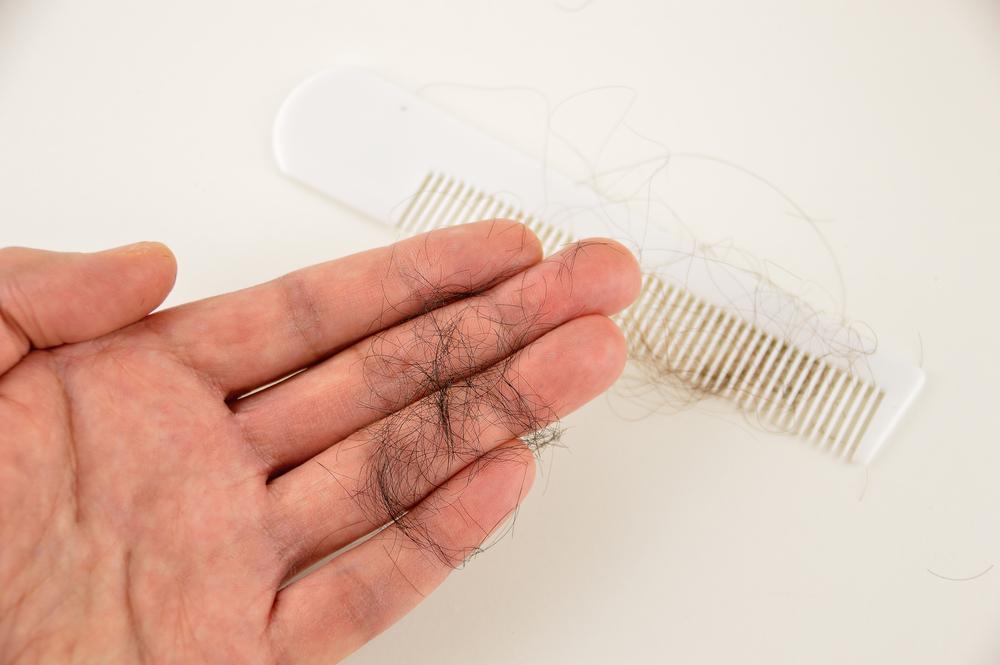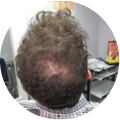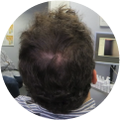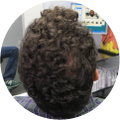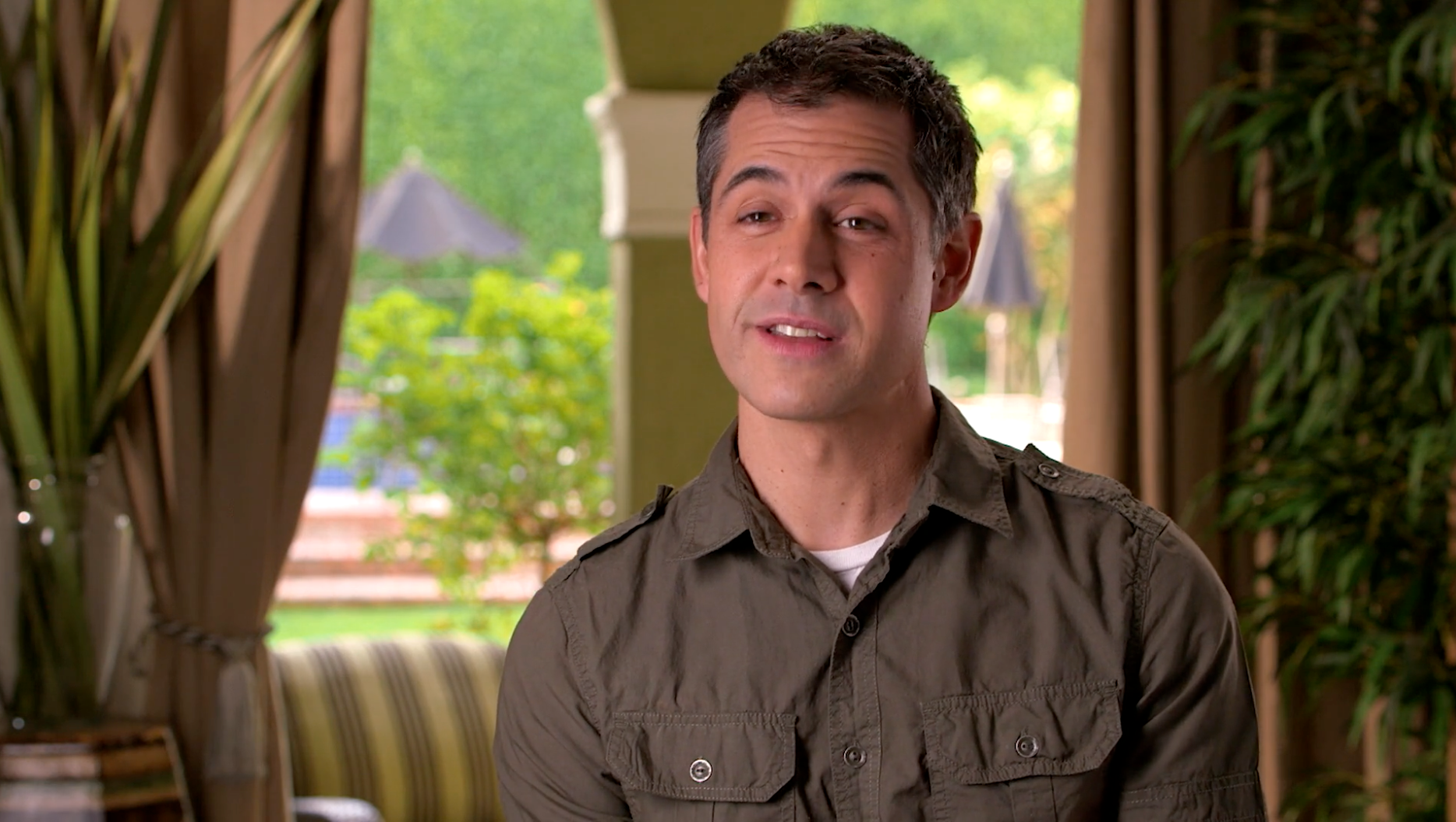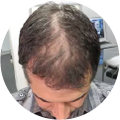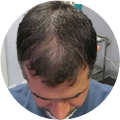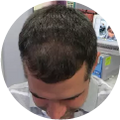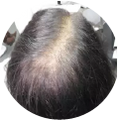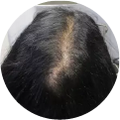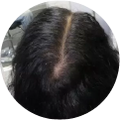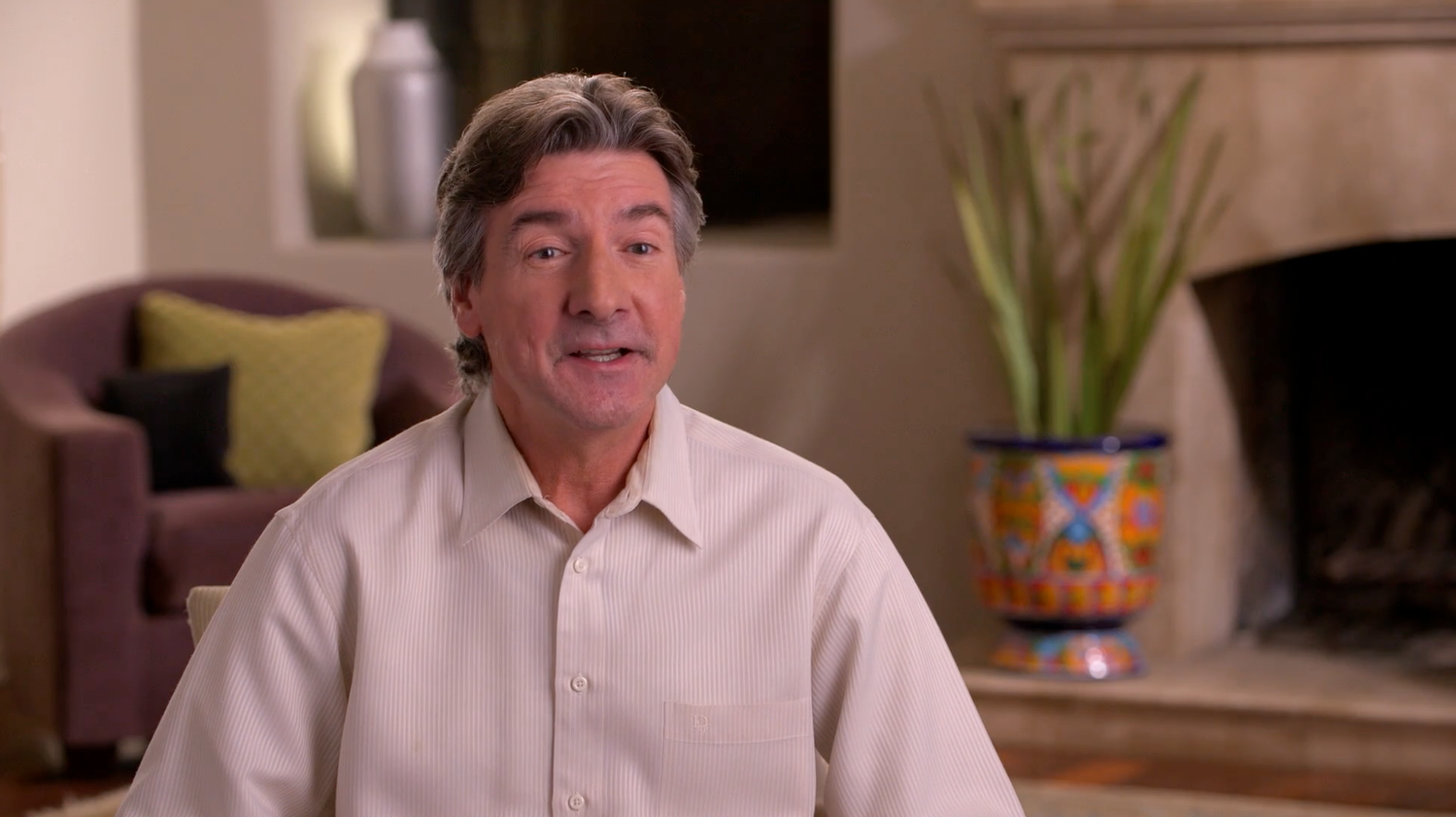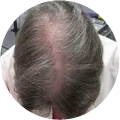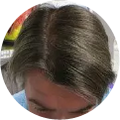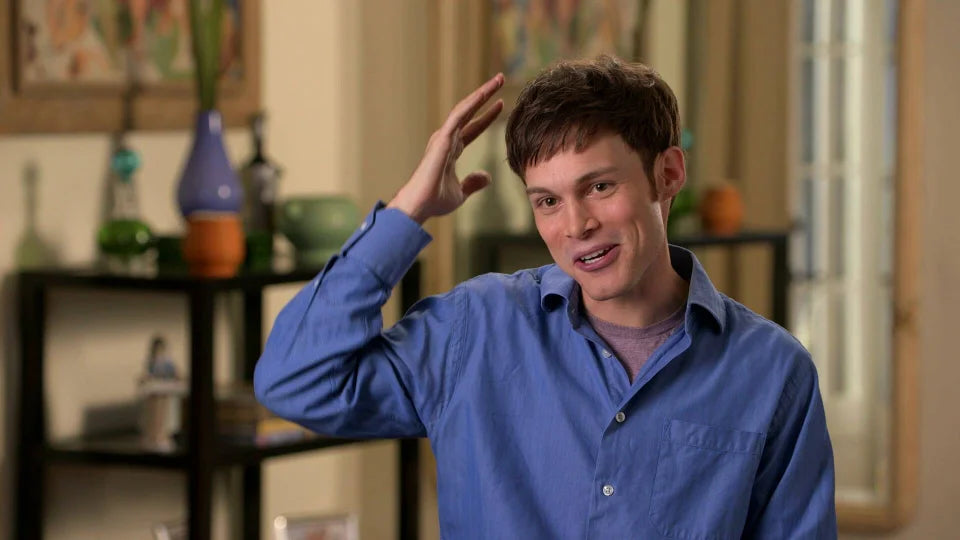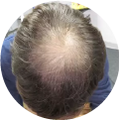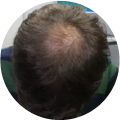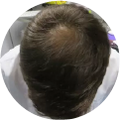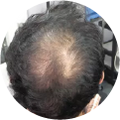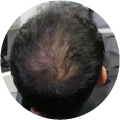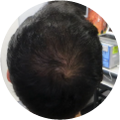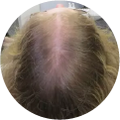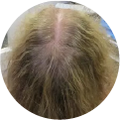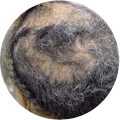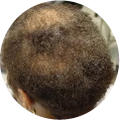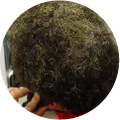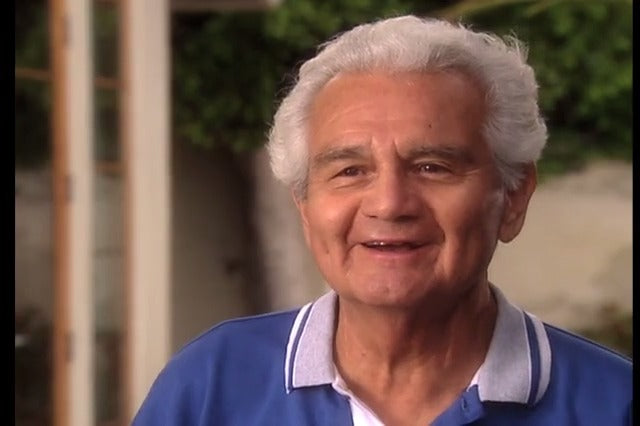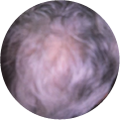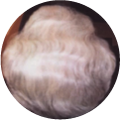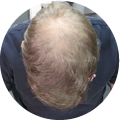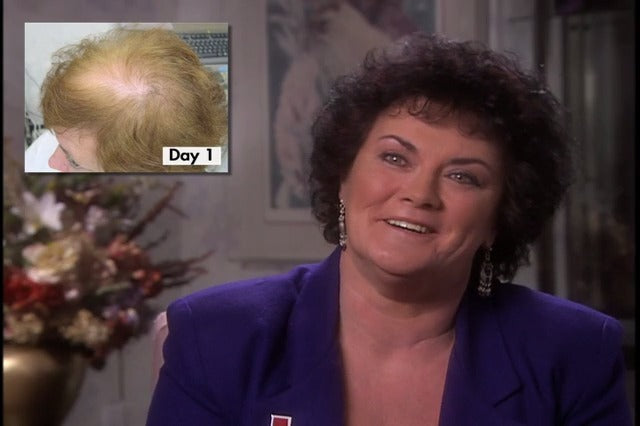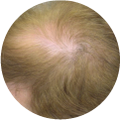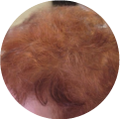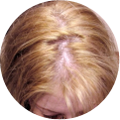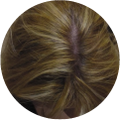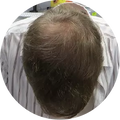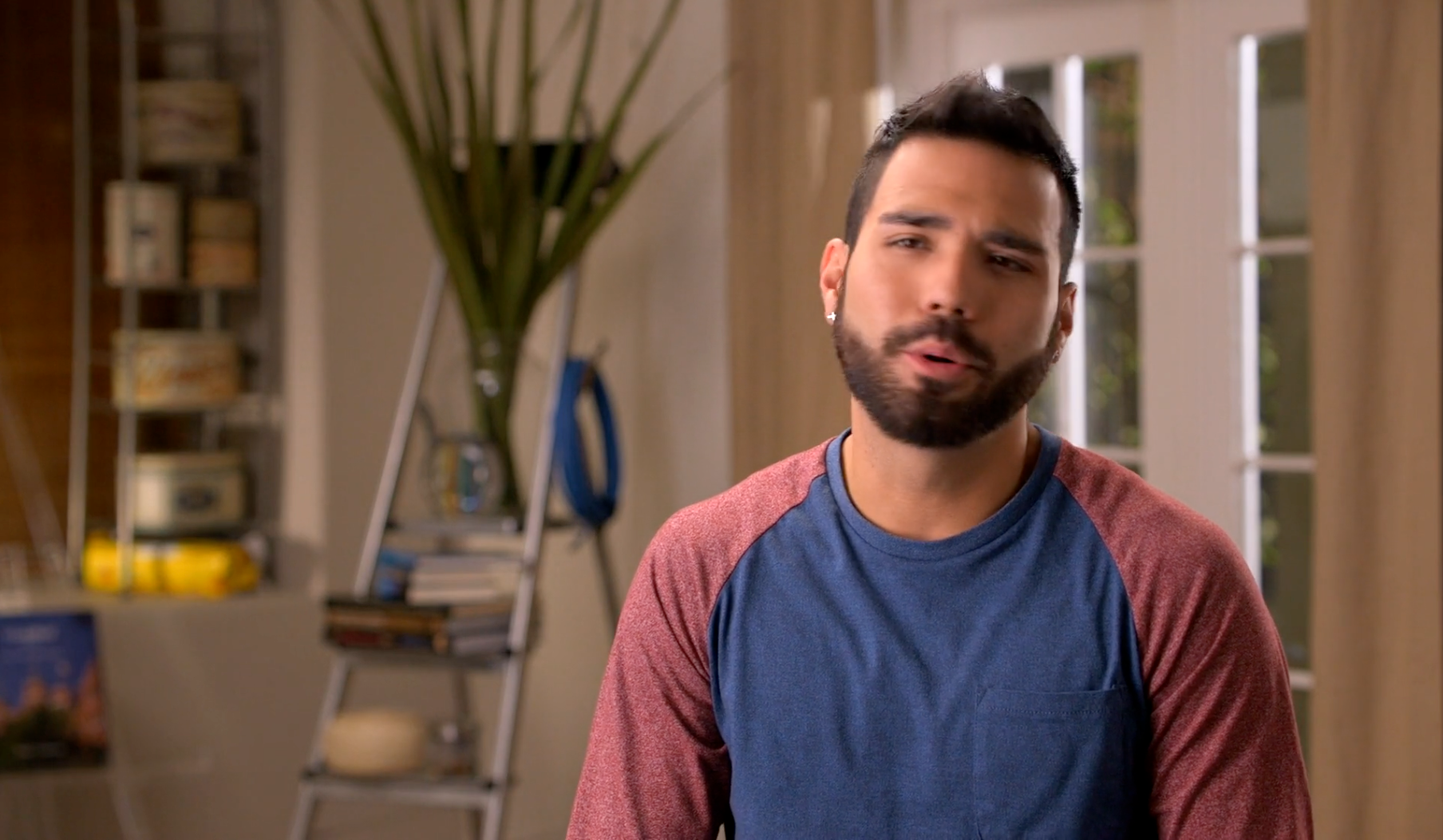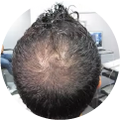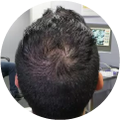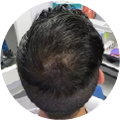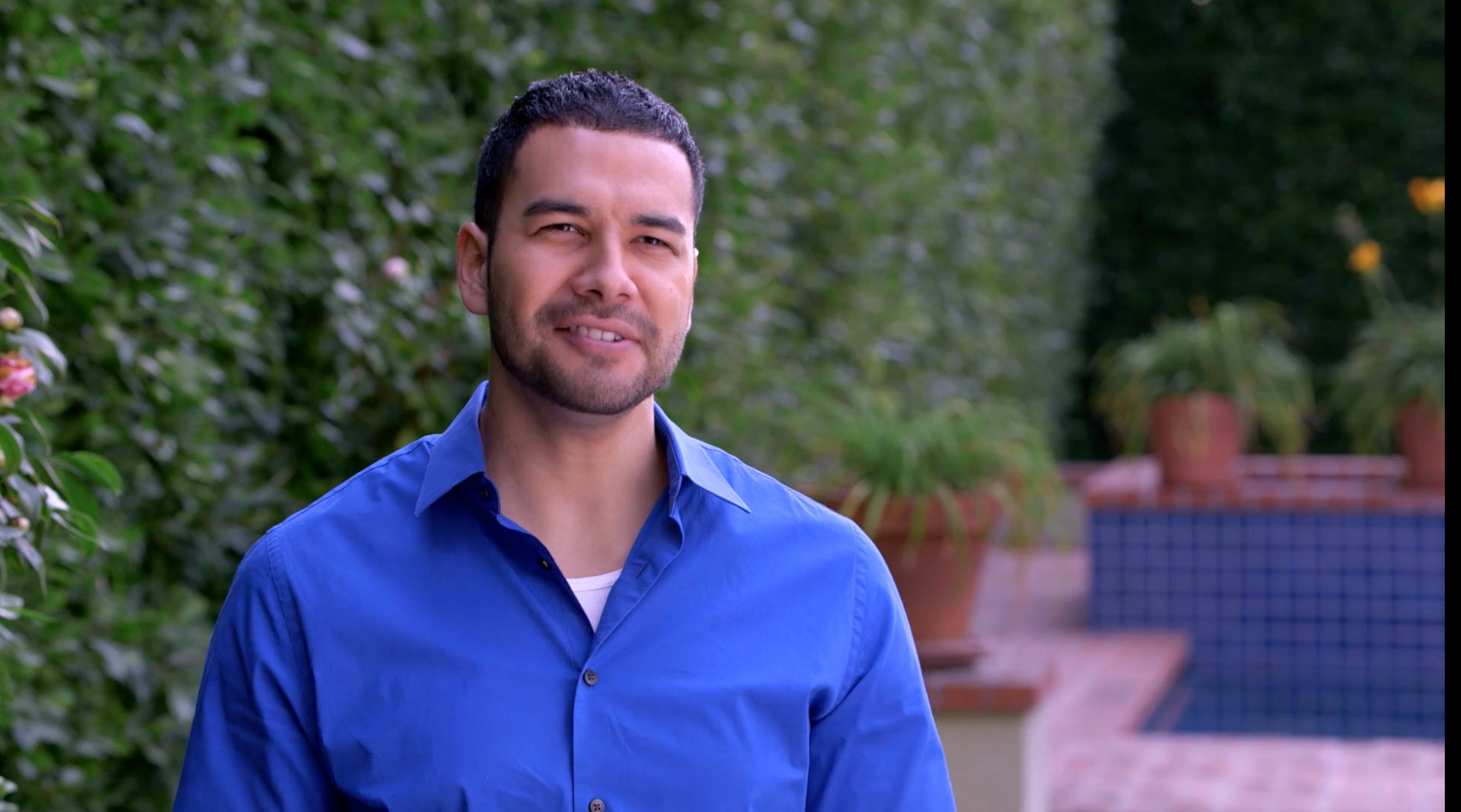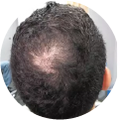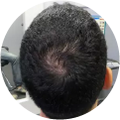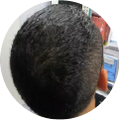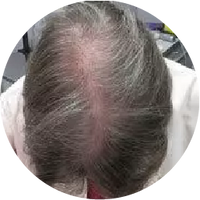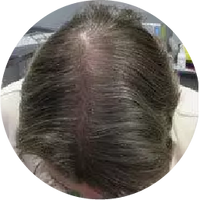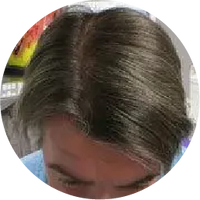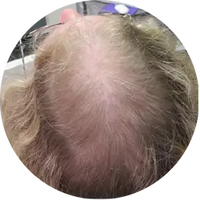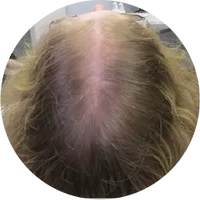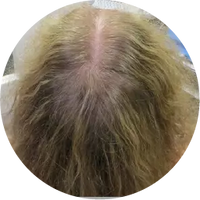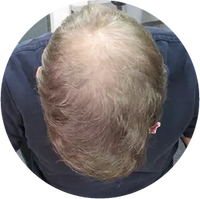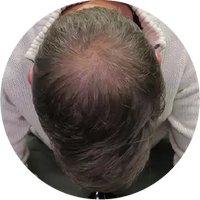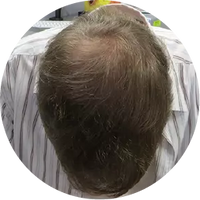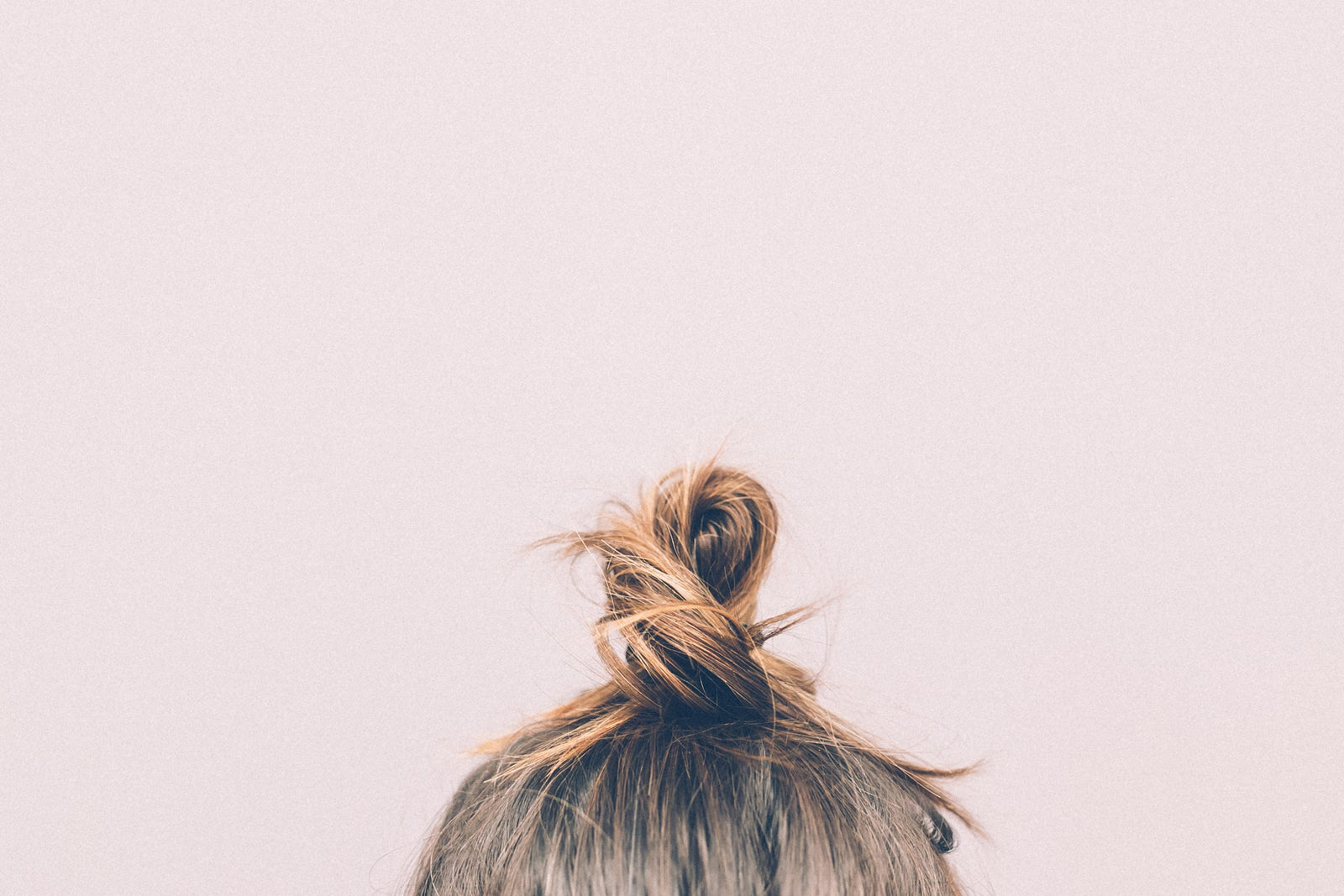
Who doesn’t dream of having a full head of healthy hair? For many of us, our hair is part of our identity and also serves as a barometer for our self-esteem. That’s why the phrase “having a bad hair day” can be just as figurative as it is literal. Achieving healthy hair isn’t something that can be accomplished overnight, but with the proper attention, it’s definitely attainable. The key is to create a plan and stick with it. Consistency is important to remember when learning how to keep your hair healthy.
It’s easy to be envious of others who seem to be naturally born with beautiful locks, but with a few good habits, you can become the one who’s envied. Attaining healthy hair is easier than it might seem. To begin building these healthy hair habits, first identify where you might be doing damage to your hair and then, find ways to start making some changes.
Be prepared to practice some patience, especially if you’ve experienced hair problems in the past. After a few weeks of hair care consistency, you’ll start to notice results, and it’ll be easier to maintain in the future. Once it becomes part of your routine, taking care of your hair in the right way will seem like second nature.
Not sure where to get started? We’ve put together a list of healthy hair tips to help get you on the right track.
Start with a Healthy Scalp
You can quite literally find the “root” of the problem by taking a look at the condition of your scalp. Since hair follicles are located on the scalp, if there is damage there, it will be visible within the hair. If you are experiencing scalp inflammation or irritation, this can interrupt hair formation and cause hair to be weaker. Problem signs to look for include suddenly thinning hair or excessive shedding.
Schedule Regular Haircuts
Growing healthy hair means getting rid of dead weight. When the ends are dry or start to split, it means it’s time for a trim. Many hair stylists recommend doing this every six to eight weeks depending on how long your hair is already and how fast it grows. Regular maintenance at the barbershop or salon will have your hair looking better and feeling better too.
Give It a Rest
Just like your body, your hair needs a rest every once in awhile. This is especially true if you use heating tools on your hair or hair products on a daily basis. These can dry out the hair, cause it to break more easily and look damaged. Also, if you wear tight ponytails, headbands, or hats, this can pull at the hair causing breakage. Let your hair have a breather once in awhile. Choose a time at least once a week to literally let your hair down.
Deep Conditioning
One of the key elements to healthy hair is plenty of hydration. A great way to achieve this is with a weekly deep conditioner treatment added to your hair care routine. There are plenty of affordable and effective products available; use this as an opportunity to try several out. Allow the conditioning mask to soak into the hair for several minutes before rinsing out. Make sure to give extra attention to the ends that tend to dry out the easiest. Look for leave-in conditioners as well for low-maintenance hair care.
Reassess Your Diet
A person’s diet has a significant impact on how their hair grows. Dehydration, lack of nutrients and certain vitamins can all cause hair to look dull and unhealthy. A diet lacking in protein can also lead to hair problems including hair loss. Make sure that your diet is well-balanced to incorporate the types of foods that will nourish your hair, the same way you do for your body.
Air Dry
Probably one of our most important tips for healthy hair! Even the best hair care products can’t protect your strands as much as letting them air dry. There are plenty of effective thermal protectants available, but people who blow dry their hair on a regular basis can damage the hair. If you simply can’t give up blow drying altogether, change to a cooler setting. It may take you a bit longer to style, but it will be more beneficial to your hair.
Use Sunscreen
We seldom think of protecting our hair and scalp from the sun, but it needs sunscreen just as much as the face and body. The sun is drying to the hair, and a burnt scalp can cause itchiness and flaking. Wear a visor or cap when possible, but most importantly, don’t forget to apply (and reapply!) sunscreen.
Too Hot Showers
Nothing feels nicer than a long, hot shower after a stressful day. Unfortunately, when the water temperature is too hot, it dries out the hair and can make the color appear duller for those who have color-treated hair. No one wants to take a cold shower, but maybe change the temperature knobs, so it’s not so hot.
Be Picky with Products
Read the bottles when shopping for hair care products rather than going for the cheapest choice. Many shampoos, for example, will contain chemicals that are harsh to your hair, better known as sulfates. Try to skip the sulfates if at all possible and look for brands that carry low-sulfate or no sulfate products. This means that your hair still gets clean, but it doesn’t become stripped of its natural oils that are good for your hair.
Avoid Dye
Speaking of color-treated hair, if you want to maintain soft, manageable hair, it’s best not to dye it. The coloring process can be hard on your hair and result in a dry or brittle texture. If you do decide to go for the hair dye, make sure that your hair care routine includes products specifically made for color-treated hair. They will help keep the color longer, so you can go more time between touch ups.
Refrain from Pulling
During especially stressful or tense times, people tend to pull at their hair. Other times, people mindlessly twirl or play with their hair. Either way, constantly tugging at the hair, even if done gently, can lead to split ends and damaged follicles.
Skip a Shampoo
Many stylists suggest washing the hair every other day or in certain instances, a couple of times a week rather than on a daily basis. Thicker hair can endure going a few days without being washed, but it truly depends on your hair type and lifestyle. If you have an oilier scalp, you may not be able to get away with going sans shampoo for more than a day. Or, if you hit the gym in the evenings, you will want to wash your hair after to prevent buildup around the hairline.
Switch Your Shampoo
With so many shampoos and conditioners on the market, it can be hard to choose just one. Luckily for you, it’s better if you don’t limit yourself. Depending on the season, the dryness of your scalp and several other factors, you may want to switch shampoos every so often. For example, if you’ve been using a lot of product in your hair, using a clarifying shampoo once or twice a week can be helpful. Or, if you’ve recently switched hair color, specific shampoos may work better to keep your hair color vibrant and your follicles healthy.
“Pool Protect” the Hair
One recommendation is to get the hair wet before jumping in a pool. Since pools have chlorine and possibly other chemicals, this can wreak havoc on your hair. If the hair is dry before entering the pool, the hair will soak up far more water than if it was wet beforehand. A good rule of thumb is to wet the hair before using the pool and rinsing the hair with non-chlorinated water right after getting out.
Less Brushing
Depending on your hair’s texture, it may not need as much brushing as you might think. There’s no magic number of brushes that will lead you to shiny, lustrous hair. Many times, especially if the hair is wet, it’s a better idea to use a comb to detangle any knots and keep the fully hair intact.
Hair Treatments
If you have experienced hair loss and recently have discovered a hair treatment such as Scalp Med, then you want to make sure you’re following the directions for application. To benefit and really see a difference in your hair growth and the state of your hair, it’s important that you apply your hair treatment every day. Even when you start to see results, the consistent application is what is helping it grow. Make it part of your everyday routine like brushing your teeth to make it easier to remember.
Avoid Product Buildup
Between shampoos and conditioners, hair gel, mousse, spray, and the number of other products we might use on our hair on a regular basis, this can create a buildup of excess. Thicker products can be harder to rinse clean in the shower and may build up dandruff, which leads to itching and irritation. Having healthy hair doesn’t mean you have to eliminate all products from your day-to-day, but instead, using them sparingly.
Be Gentle with Wet Hair
When your hair is wet, it’s at its weakest state. Wet hair can stretch, which leads to breakage. Combing is a good alternative to brushing, but towel drying is best. Don’t roughly rub your hair hoping it will dry faster. Blot wet hair with a towel and then blow dry on a low temperature, if necessary.
Minimize Heating Tools
Flat irons and curling wands might be part of some people’s everyday hair tools, but they can lead to damaged hair. When the setting is too high, the heat will cause the hair to become dry and may result in frizzy hair rather than the sleek strands or soft curls you were aiming for. Check your settings before using and start out low before working up in temperature.
Too Tight Hairstyles
Hairstyles that pull on the hair can make strands break and damage the hair follicle. Too-tight ponytails or braids, especially cornrows, can be rough on the hair. Also, attaching a hair piece to the same spot on the head can lead to permanent hair loss. Remember that hair needs a chance to breathe. Wear it loose as often as possible.
Sample Hair Serums or Oils
By researching hair product ingredients, you can find ones that are all-natural and include ingredients that help maintain your hair’s smoothness and shine, but also is good for it by giving it moisture. Macadamia and coconut oil are two popular organic hair care products that are hydrating to the hair. Try a few and find out which works best for your type of hair.
These are just a few of the habits you can start implementing to give your hair a fighting chance at reaching and maintaining a healthy state. Results will vary from person to person due to various factors. It can be frustrating when your hair seems to be growing slower than you feel it should, but that’s why consistent care is so important.
Hair type, hair length, hair history, diet, and health background are things that can affect how fast and how strong your hair will grow. The good news is that with time and dedication, anyone can learn how to grow healthy hair. All it takes is a first step in the right direction to making hair maintenance a daily habit.












